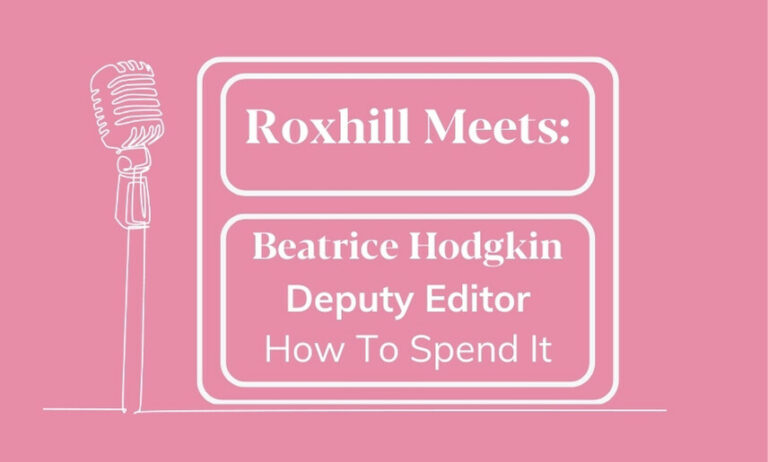Dive into the fundamentals of PR
Public relations, or as we all use it, PR, plays an important role in shaping how brands, companies or even individuals are seen in the public eye. Let’s explore together the basics of publicity and how you can succeed in the media world.
What is public relations?
- Think of PR as publicity – that is what you are trying to get your clients.
- Your job is to try and get press coverage for your clients in the broadsheets, the magazines, and online.
- These days, every title is digital-first. Keep that in mind when pitching your stories.
- To get the publicity you’re after, you must liaise with journalists. Having positive and professional relationships with them is important.

What can a junior PR person expect to be doing in the first three months of joining a PR agency?
In your first 3 months, you should:
- Learn everything about your clients
- Learn how to write a press release
- Understand what makes a news story and how to craft one
- Work to understand exactly who are the main editors that you will need to target
- Never, ever, ever send a blanket email
What sort of information do journalists want?
When pitching to journalists to inform them of the following things;
- Tell them a news story that is new and has a unique and different angel
- Make sure the brand you are informing them about fits with their magazine/paper/website to ensure the readers are the audience you want to reach.
- Anything new about the clients you have in common
“You’ll be understanding everything about your clients and what they have within their setup.”

Is it best to ring a journalist or send an email?
The industry has changed dramatically over the last 26 years. Phone calls used to be the best form of contact for pitching and selling. The complete opposite is now true, however, and phone calls are now arguably the WORST form of contact. Email is the BEST form of contact, occasionally WhatsApp if you have a good relationship with the journalist.
But before you contact your journalist, you should;
- Read what they have recently written
- Look at their social media feeds to see what they have posted
- Try to understand them and their areas of interest
This ensures that you know what type of stories they are after, and you’re not sending them something they would never write about.
What is a press release? And when do you need one?
A Press Release should answer the five questions: who, what, where, why, when?
- Who are you talking about?
- What are you talking about?
- Where is it happening?
- Why is it happening? So that’s “why now?” – that’s always a question that journalists need answering.
- When is it happening?
The first paragraph of a press release should:
Summarise all of the information above;
Be turned into the personalised email you send journalists, with the copy attached.
So, when is the best time to send my press release?
Think about the time of day. When people are commuting to work in the morning, they are often on their phones, so that would be a good way to catch their attention. For news, it’s publication dependant. Deadline days are NOT a good day to send over stories, which is often a Thursday. Mondays are usually the best days, as that is when they are planning their stories for the week. Roxhill has lots of great videos about these publications, where you can find out the best days to pitch to them.
However, it’s more about standing out rather than the timing; they are likely to read your email if you;
- Have a great story.
- Carefully curated it for them.
- Have a great, catchy title.

“Initially I would embed any email with 2 or 3 low-res images”
Is it best to send pictures or images? And if so, what sort of quality do they need to be?
You SHOULD:
- Embed any email with two or three low-res images so that they get that you have the high res version.
- OR send a Dropbox link within your email
You should NOT:
- Send high-res images to begin with. Emails can’t cope and these images are for the picture editor anyway, not the journalist you’re pitching to.
- Send WeTransfer links, because they expire.
How do I decide which journalists to contact?
Roxhill can help you with all that.
- Tagging: articles have been tagged by Roxhill so you can specifically search for who you want to find/ what stories you want to find.
- Read what each journalist has specifically covered, so that when you pitch a great story to them, they can see that you’ve actually taken care with your list and your searches and that you’ve tried to really understand them and their interests.
There is more. Grab a demo today and see how Roxhill can help you work faster and smarter.
Roxhill Media provides a powerful media database and PR software to help you quickly target the right journalists and generate effective media coverage for your clients and brands.












